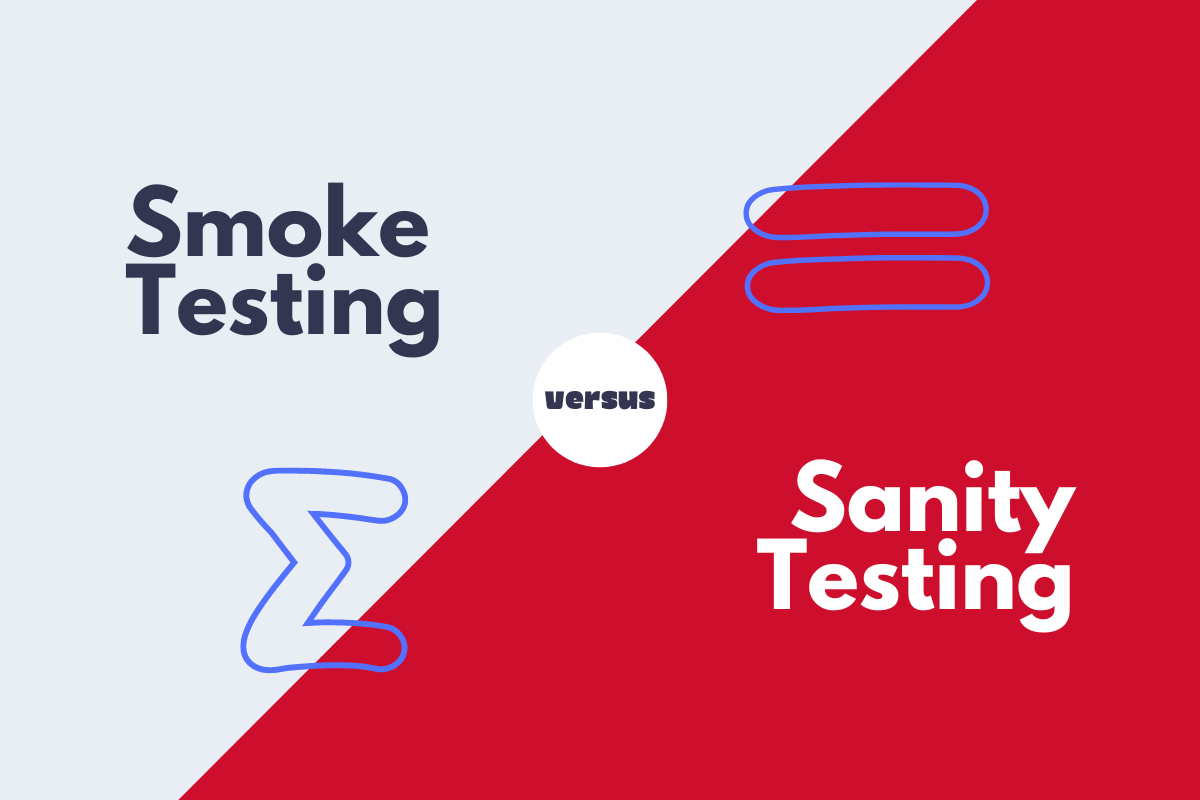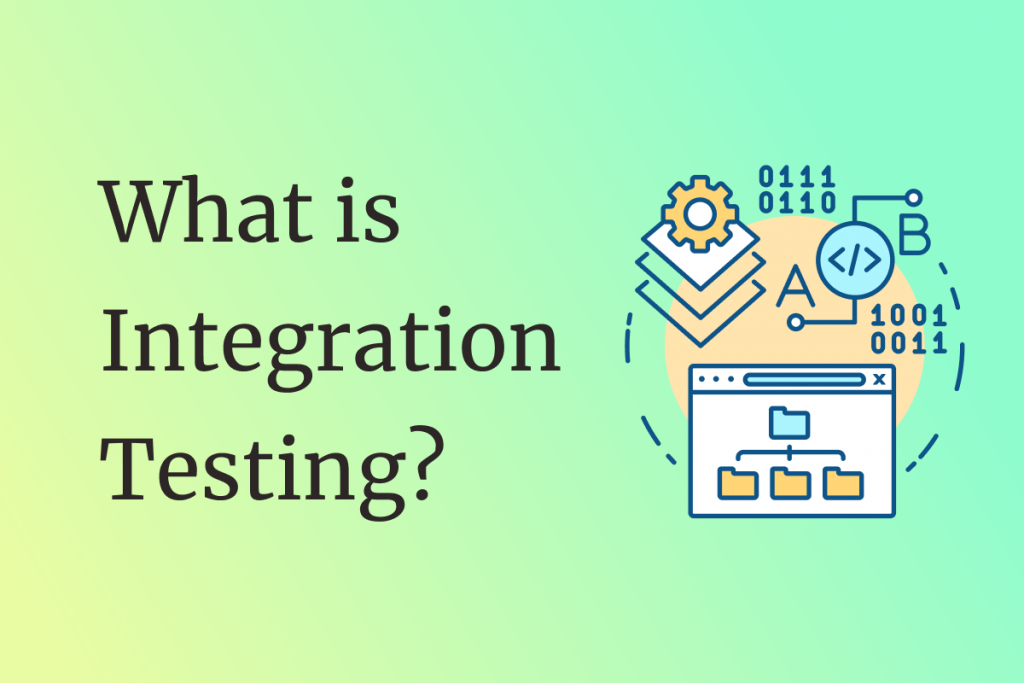In our rapidly advancing world, software has become integral to our daily lives, from the devices we use to the complex systems that drive industries and governments. With a market value in trillions, the software development industry is a vast and ever-expanding field, continually adapting to the progress of big data, AI, cloud computing, and other emerging technologies. In this context, the significance of software testing methodologies cannot be overstated.
As software applications grow in complexity and require testing across multiple platforms and devices, the role of a robust testing method and Quality Assurance process becomes paramount. This is not just about meeting specific requirements but about ensuring that software products and systems can function effectively in all anticipated environments while maintaining the necessary performance and security standards.
Software testing methodology includes various strategies, types of testing, and approaches used to certify that the product meets customer expectations. It covers everything from front-end to back-end testing, unit testing of individual modules, system testing, and more. Each testing method has a specific objective, inspection process, test strategy, and deliverable. This article will explore the testing techniques used by quality assurance professionals.
Functional Testing
Functional testing is a software testing methodology that focuses on validating software against its specified functional requirements. Functional testing ensures that the software behaves correctly and consistently across various scenarios by examining each feature and functionality. It aims to answer the questions: “Does the software do what it’s supposed to do, and how well does it do it?”
The role of functional testing extends beyond mere defect detection. It is integral to the entire development process, offering several key benefits:
- Validation of functionality: Ensures the software meets all specified requirements and performs as intended.
- Quality Assurance: Identifies defects and issues, ensuring high quality and reliability.
- User Satisfaction: Guarantees end-users can perform their tasks without problems, leading to higher satisfaction.
- Risk Reduction: Detects and addresses potential failures early, reducing the risk of major defects.
- Compliance: Ensures the software complies with regulatory requirements and standards.
Functional testing encompasses various types, each with its approach:
Unit Testing:
Unit testing focuses on individual components or units of the software. It involves testing each unit in isolation to ensure it functions correctly. Developers typically perform unit testing to catch defects early in the development process. Unit testing lays a solid foundation for subsequent testing phases by verifying the smallest parts of the application.
Integration Testing
Integration testing examines the interaction between integrated units or modules. It ensures that combined components work together as intended. Depending on the project’s requirements, integration testing can be performed using different approaches, such as top-down, bottom-up, or sandwich. This type of testing is crucial for identifying issues that arise from the interaction between modules.
System Testing
System testing involves testing the complete integrated system to verify that it meets the business requirements. This phase ensures that the system works as a whole. System testing validates the application’s overall behavior and performance, providing a comprehensive evaluation before proceeding to the next phase.
Acceptance Testing
Acceptance Testing is the final stage to ensure the software is ready and can perform its intended functions in a real-world environment. It acts as the final checkpoint before the software is handed over to the client or released to the market.
Non-Functional Testing
In contrast to functional testing, non-functional testing is a method of software testing that focuses on the system’s operational aspects. It assesses critical aspects that influence user experience, performance, and overall software quality. It’s like examining an application’s” behind-the-scenes” operations to ensure it runs smoothly and meets user expectations.
Non-functional testing plays a complementary role to functional testing, offering crucial benefits:
- Validate performance: Evaluate the software’s performance under various loads and conditions, ensuring smooth operation during peak usage or complex tasks.
- Improve User Experience: Evaluate the software’s usability and accessibility to ensure a smooth and efficient user experience.
- Enhance Reliability and Stability: Test the software’s ability to function consistently over time without failures.
- Ensure Security: Identify security vulnerabilities and weaknesses, protecting user data and system integrity from potential threats.
- Compliance and Standards: Verifies that the software adheres to industry standards and regulatory requirements.
Just like functional testing has its diverse techniques, non-functional testing encompasses a variety of approaches to assess different quality attributes:
Usability Testing
Usability testing assesses how easy and intuitive the software is for users. The goal is to determine whether the software’s design meets the planned workflow.
Performance Testing
Simulate real-world usage patterns and user loads to validate software’s speed, response times, stability, and performance bottlenecks under stress. Performance testing makes sure that the software performs well under expected and peak conditions, providing a smooth and reliable user experience. This includes load testing, stress testing, endurance testing, and scalability testing.
Security Testing
Identify vulnerabilities in the software’s code and architecture that attackers could exploit, such as data breaches or unauthorized access. This includes penetration testing (simulating attacks) and vulnerability scanning.
Compatibility Testing
Ensure the software works seamlessly across different operating systems, browsers, devices, and network environments. Compatibility testing aims to verify that the software can perform well in diverse conditions, thereby ensuring a consistent and seamless user experience.
Localization Testing
Test the software’s adaptability for use in different languages and regions, considering cultural nuances and internationalization standards. The goal of localization testing is to ensure that the software is translated correctly, culturally appropriate, and relevant to the target audience.
A comprehensive testing approach
By strategically integrating functional and non-functional testing throughout the software development lifecycle, teams can deliver high-quality applications that fulfill user needs and provide a seamless, reliable, and secure experience.
The testing team should follow a structured approach to strategically integrate both functional and non-functional testing throughout the software development lifecycle (SDLC). This ensures that the software meets end-user needs while providing a seamless, reliable, and secure experience.
Early planning & collaboration
Involving all team members at an early stage ensures that everyone understands the project scope and objectives. Setting a realistic schedule allows everyone to follow a structured plan, and establishing clear communication channels helps avoid unnecessary overhead and ensures that issues can be addressed promptly.
Defining testing objectives and determining testing deliverables is crucial. Clear objectives help in choosing the appropriate testing methods to achieve desired outcomes. When the whole team understands what needs to be done, they can work together cohesively and efficiently, ensuring that all aspects of the project are covered.
Choose testing methods
Once scheduling and setup are complete and the deliverables are clearly defined and accessible, the QA team can formulate the appropriate testing approach. Regular developer meetings and detailed documentation guide the proper testing methods for the project, ensuring that the entire team is aligned and prepared.
Leverage automation for efficiency
Automating repetitive test cases for core functionalities frees up testers’ time, allowing them to focus on more complex scenarios and non-functional testing aspects. This not only speeds up the testing process but also enhances the overall quality of the software by ensuring that core functionalities are consistently checked.
CI/CD integration
Integrating both functional and non-functional tests into the CI/CD pipeline using a shift-left testing approach allows for early feedback on code changes and helps prevent regressions. Cultivating a culture of continuous testing, where automated tests are incorporated into the development process as often as possible, ensures that issues are detected and addressed early, thus reducing the risk of defects in the final product.
Transparent report
Clear and detailed reports decide the effectiveness of the project’s test approach. They provide insights into the test results, highlight issues, and suggest areas for improvement. Effective reporting ensures that stakeholders are informed about the project’s progress and potential risks, facilitating better decision-making.
Conclude
Software testing methodologies play a pivotal role in ensuring the delivery of high-quality applications that fulfill user needs while providing a seamless, reliable, and secure experience. However, software testing methodologies are not a one-size-fits-all solution. They encompass diverse strategies and tools designed to evaluate software applications from various angles. The synergy of functional and non-functional testing throughout the software development lifecycle (SDLC) is essential for achieving these goals.
What Businesses Should Take into Action?
- Embrace a Testing Culture: Businesses should move beyond viewing testing as a separate phase. Instead, integrate testing practices throughout the SDLC to create a culture of quality.
- Invest in Testing Expertise: Hire the experts, and investing in the QA team is essential.
If your business doesn’t have an in-house quality assurance (QA) team, it’s important to understand the significance of comprehensive testing methodologies and take proactive steps to ensure software quality. Partnering with a reputable Software Quality Assurance (QA) and testing company like SHIFT ASIA can provide valuable assistance. Our team of high-quality testing engineers and knowledgeable project managers can help businesses achieve thorough testing coverage and ensure a high-quality end product. Please feel free to contact us for a discovery call.
ContactContact
Stay in touch with Us





